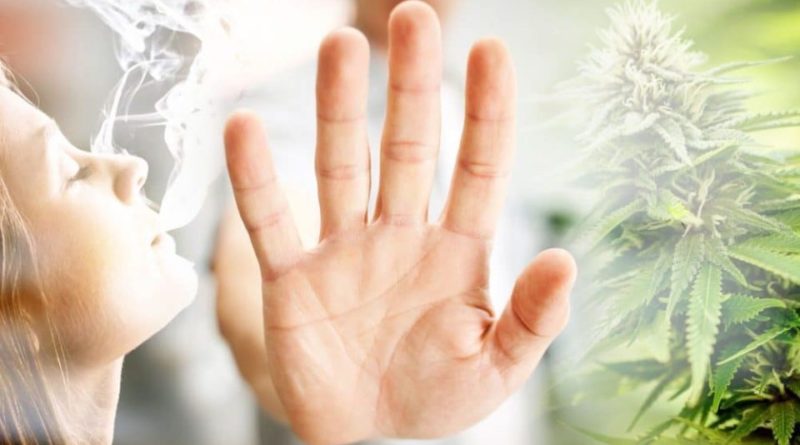What Happens When Heavy Marijuana Smokers Quit?
[Please note that this page contains affiliate links. If you choose to purchase after clicking a link, I may receive a commission at no extra cost to you.]
Many different drugs affect dopamine signalling in the brain’s reward circuit when abused, which results in the deregulation of dopaminergic neurons. Resulting in frequent users who will often develop depression and a decreased ability to have a pleasurable experience after quitting drugs such as cocaine and heroin.
Fortunately, researchers have suggested that marijuana smokers don’t reduce the availability of dopamine neurons, even among heavy smokers, which means that those daily users are less likely to have emotional lows over other substances that users may suffer when quitting.
Although, dampened dopamine signalling has been seen in chronic marijuana smokers, demonstrating that some degree of distress is expected when giving up the weed.
Repeated consumption of cannabinoids such as THC is known for deregulating the brain’s essential cannabinoid receptors. Particularly the CB1 receptor – the primary target for the neurotransmitter named anandamide – becomes much less available in heavy marijuana smokers.
The endocannabinoid anandamide is also known as the “bliss molecule” because of its power to create a sense of euphoria.
Thus, the deregulation of CB1 receptors affects a reduced capability to feel the natural highs of life. Therefore, it can be a significant issue for heavy marijuana users once they quit.
However, the good news is that the CB1 deficiency is usually restored within a month of quitting marijuana. These withdrawal symptoms typically don’t persist for too long.
Commonly, the first seven days after stopping are said to be by far the most difficult.
According to various studies, those with problematic weed use usually experience an increase in irritability and anxiety within a couple of days of giving it up. Although this typically dissipates after only four days, the user will go back to baseline after about a week or two.
Although other symptoms like insomnia and weird, vivid dreams become progressively severe for about ten days, people reach their peak at that point.
Unfortunately for some, these perturbing experiences persist for a long time, and some studies suggest that some don’t return to baseline after six weeks.
These withdrawal symptoms will only affect people with issues with marijuana use, like those who have used weed daily for many years as they develop a dependency on it.
Smoking a joint now and then or blasting off on a space cake once in a while will not lead to significant withdrawal symptoms – although it is always a great idea to educate yourself of the risks linked to substance use and to take everything in moderation.


